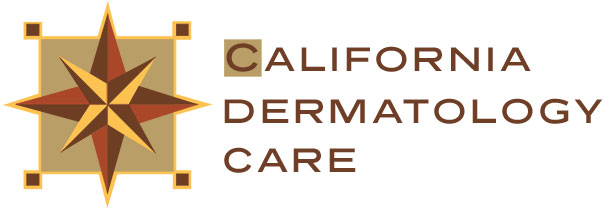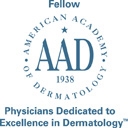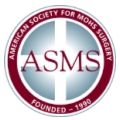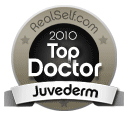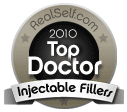 Incredible Marketing
Incredible MarketingPREVENTIVE DERMATOLOGY
Preventative Dermatology starts with regular skin check by a board-certified dermatologist, especially for fair-skin individuals. Lifetime risk of non-melanoma skin cancers among Caucasian Americans is now 1 in 4. The prevalence of melanoma is 1 in 30 among all Americans with individual variability depending on the demographics. Keep in mind that cure rate for melanoma in situ is 95-99% if caught and intervened early. Please take time to view the following touching video regarding melanoma and sun protection awareness:
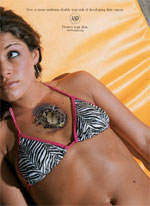 Dr. Ting strongly urges against the usage of tanning bed. Tanning bed exposure is definitely not safer than sun exposure. He considers tanning beds as ‘suicide beds’. Dr. Ting has authored an article that demonstrated increased risk of melanoma among tanning bed users, particularly among young white females, and was recently quoted by BusinessWeek.
Dr. Ting strongly urges against the usage of tanning bed. Tanning bed exposure is definitely not safer than sun exposure. He considers tanning beds as ‘suicide beds’. Dr. Ting has authored an article that demonstrated increased risk of melanoma among tanning bed users, particularly among young white females, and was recently quoted by BusinessWeek.
Sun protection and smoking cessation form the basis of Preventive Dermatology. Almost all signs of skin aging and many of the ‘barnacles of wisdom’ are triggered by the effects of the ultraviolet rays from the sun. In addition, smoking has been proven to accelerate wrinkles as well. This is recently confirmed by an observational study of a pair of twin sisters where one has 52 pack-years history of smoking and the other one has none.
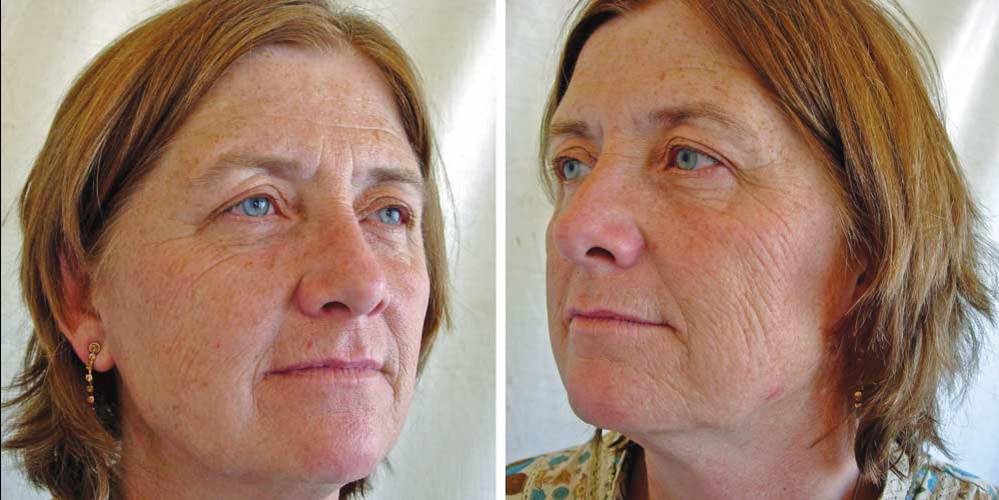
white female with 52 pack-years history of smoking
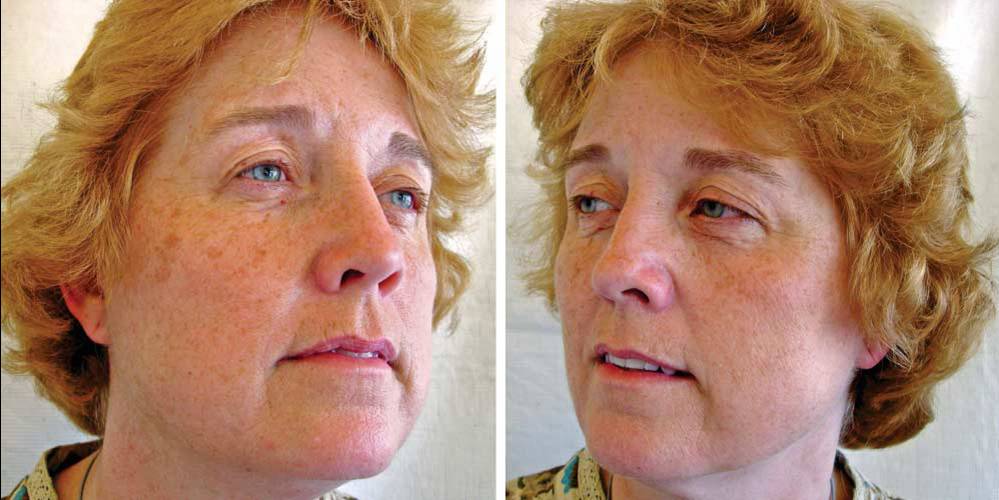
twin sister who has never smoked
Dr. Ting’s Preventive Dermatology Skin Care Regimen
Dr. Ting recommends a basic skincare routine involving antioxidant cleanser such as Greentea cleanser, vitamin C serum or pad, followed by a potent sunscreen that is appropriate for oily, dry, or combination complexion. In addition, Dr. Ting strongly supports regular use of prescription-strength topical tretinoin or tazoratene, starting at every other night. In fact, Dr. Ting just published in journal Cutis (volume 86 pages 47-52, July 2010) that just after 4 weeks of application of topical tretinoin, there can be significant chemoprevention and reduction of photodamage. This skincare regimen under supervision of a board-certified dermatologist will slowly reverse prior sun damage and thereby lower the risk of future skin cancer development as well as minimize fine lines and unevenness of skin tone.
Pearls for Sun Protection
- Consistent daily sun protection using SPF 45 sunscreen or greater on all sun exposed areas, e.g. face, neck, upper chest, arms/hands RAIN OR SHINE
- Not all sunscreens are created equal, look for physical blocks such as titanium dioxide or zinc oxide when possible; Parsol 1789 with Helioplex or Mexoryl may be considered
- Start sun protection at 6 months of age and continue lifelong; it is never too late to start as one may be one sunburn away from making a precancerous lesion cancerous
- Reapplication of sunscreen on sun exposed areas every 2-3 hours while outdoors
- For working professionals, most of the sun damage accumulate during commute, so leave an extra bottle of sunscreen in the vehicle for the afternoon commute; window glass is not sun protective
- Wear broad-brim hat (not just a cap) to protect nose and ears
- Look for sun protective clothing when engage in prolonged outdoor activities
- Consider carrying a ‘parasol’ during prolonged outdoor exposure when practical and socially acceptable
- Learn to look up UV Index
- Look for shades while outdoors particularly when UV Index is high
- Take daily oral Vitamin D supplement
Is it possible to reverse prior sun damage?
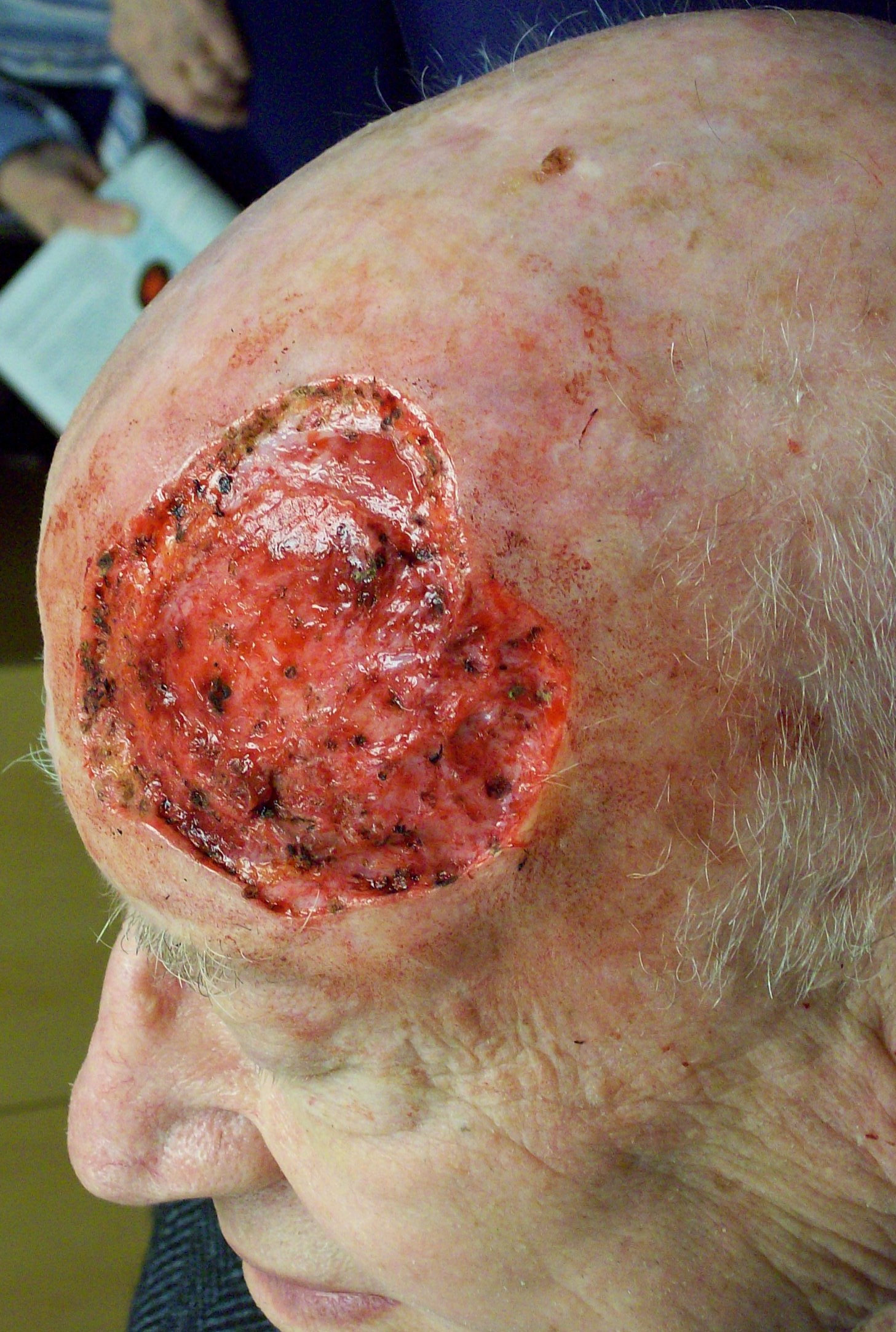 Emphatically Yes. Dr. Ting believes in aggressively going after precancerous lesions and treating sun damaged areas prophylactically rather than waiting for eventual biopsies and/or skin cancer surgeries. For the appropriate patients with sun damage, Dr. Ting may recommend prophylactic chemotherapy creams such as topical 5-fluorouracil, imiquimod, diclofenac, or ingenol mebutate to treat sun damaged areas of the scalp, chest, shoulders, arms, hands, and even the legs. Patient undergoing treatments may expect to have varying degrees of inflammatory reaction (e.g. itchy scaly red rash) reflecting the extent of underlying sun damage. At the end of the treatment course, the risk of skin cancer in the treated area should be significantly reduced. For the appropriate patients who have significant personal history of skin cancers (particularly squamous cell carcinomas), Dr. Ting is experienced in tailoring appropriate dosage of acitretin (Soriatane) and Erivedge for chemoprevention of skin cancers.
Emphatically Yes. Dr. Ting believes in aggressively going after precancerous lesions and treating sun damaged areas prophylactically rather than waiting for eventual biopsies and/or skin cancer surgeries. For the appropriate patients with sun damage, Dr. Ting may recommend prophylactic chemotherapy creams such as topical 5-fluorouracil, imiquimod, diclofenac, or ingenol mebutate to treat sun damaged areas of the scalp, chest, shoulders, arms, hands, and even the legs. Patient undergoing treatments may expect to have varying degrees of inflammatory reaction (e.g. itchy scaly red rash) reflecting the extent of underlying sun damage. At the end of the treatment course, the risk of skin cancer in the treated area should be significantly reduced. For the appropriate patients who have significant personal history of skin cancers (particularly squamous cell carcinomas), Dr. Ting is experienced in tailoring appropriate dosage of acitretin (Soriatane) and Erivedge for chemoprevention of skin cancers.
For the face, he prefers prophylactic treatment with other modalities since the downtime associated with topical 5-fluorouracil or imiquimod cream is typically 3-5 weeks and not acceptable for most patients. He recommends consideration of photodynamic therapy, TCA 35% chemical peel, or fractional CO2 resurfacing laser. Click for Febuary 2007 MORE Magazine article on ‘Beauty Treatments That Stop Skin Cancer’.
Photodynamic therapy (PDT)
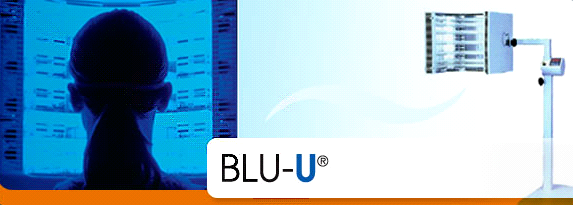
PDT helps to slough off sun damaged skin via a photochemical reaction between aminolevulinic acid (ALA) and a blue light source. Think of PDT as a smart bombing where the precancerous lesions will get highlighted by inflammatory reactions consisting of red scaly patchy rash and subsequently sloughed off. Dr. Ting has treated more than 3000 patients with PDT for actinic keratoses and other indications for the past tenyears. Based on his experience, he will prescribe a precise sets of incubation time (duration of ALA application) and exposure time(duration of blue light exposure) to balance the need for clinical efficacy and tolerability.
TCA 35% chemical peel
TCA 35% chemical peel is known as a medium depth chemical peel which sloughs off top layers of the skin. Think of TCA chemical peel as a carpet bombing where both the bad, i.e. precancerous lesions, and the nonmalignant lesions such as superficial acne scarring and wrinkles may be peeled off in an even fashion. Significant improvement of pigmentary changes such as melasma will be evident as well. Therefore, for people who are looking for both therapeutic and cosmetic upsides, TCA 35% chemical peel offers a good value.
Fractional CO2 laser resurfacing
Fractional CO2 laser resurfacing is now the Gold Standard for patients looking for true ablative results with non-ablative comfort. With the new Fractional technology that delivers the CO2 laser energy in a pixel-like fashion where microscopic holes 0.3mm in diameter are punched beyond the epidermis and into the papillary dermis; the microscopic holes are precisely lasered right next to each other via a computer-generated algorithm. As a result, the Fractional CO2 Laser Resurfacing achieves complete rejuvenation of the skin by sloughing 5-10 years of sun damage, minimizing future risk of skin cancers, reducing pigmentary disparity and softening old acne scars and wrinkles. Patients should expect 6-7 days of ‘downtime’ where skin goes through evolution of redness, dusky brown changes, and peeling with all 3 modalities discussed above.
Pearls for Winter Itch and Dry Skin Eczema
- Avoid long, hot shower. Try to keep shower lukewarm, less than 5 minutes
- Apply emollients often and particular right after shower/bath
- Consider adding humidifier to add moisture to the atmosphere. As an alternative, leave the door of the bathroom partially opened during and after shower to allow mist to moisturize the air
- Take Benadryl or prescribed antihistamine at night to break the vicious cycle of scratch and itch
- If you see yellowish crusting or experience pain along the rash, see Dr. Ting for possible staph infection due to repeated scratching of the skin
*Patient education matters to us. The information on this page has been reviewed by the board-certified dermatologists of California Dermatology Care. If you have any questions about our procedures or treatments, please get in touch with us today.
